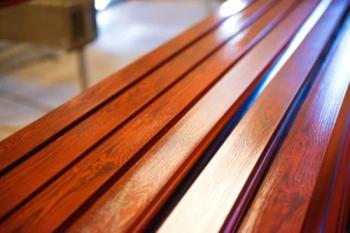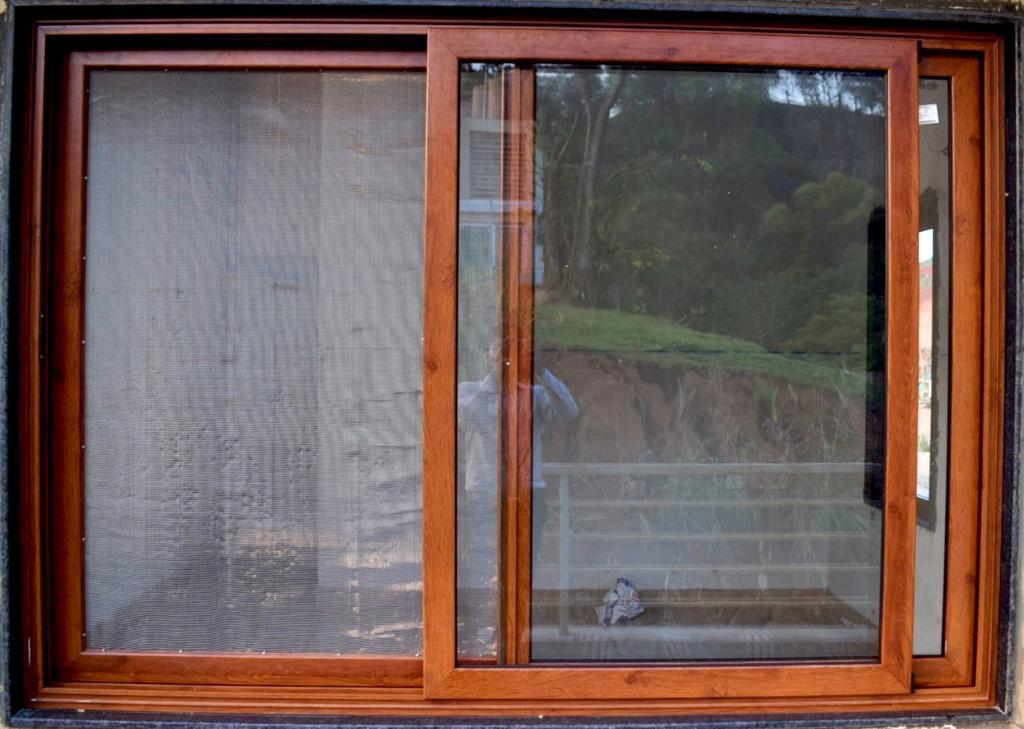EXTRUSION
Extrusion is a most modern and very versatile method of forming Aluminium.
- The aluminium logs, after casting to the specified alloy are fed into the continuous log homogenizing furnace wherein it is heated to a desired temperature.
- The logs are than fed into hot logs shear where the logs are sheared to required size billets.
- These are pushed under tremendous pressure, applied by a hydraulic ram, through a shaped aperture in a steel die. The aperture may have almost any imaginable contour, thereby making it possible to produce infinite shapes and the cross sections can be sawed to the required lengths.
- It is possible to control the finish of the extruded sections to such a degree, during its passage through the steel die that no further finishing may be necessary, and if required. the part may be anodized straight away into attractive colors.
Extrusion Press
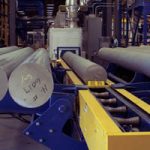
Stretching Machine
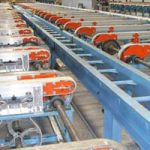
LPG Log Heater
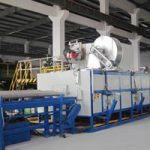
DIE & AGEING
Our Die Library is having many different shapes of die used for various industries like Agriculture, Electronics, Transports, Building and Architecture, Aviation with the presence in all possible fields where the usage of Aluminium Extrusion is thought.
Ageing or Precipitation hardening, also called age hardening, is a heat treatment technique used to increase the yield strength of metal alloy like aluminium.
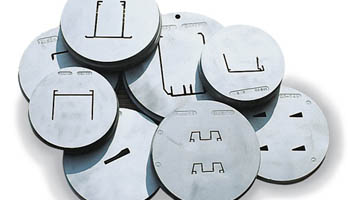
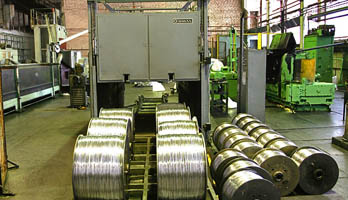

ANODIZING
Aluminium anodizing is the electrochemical process by which aluminium is converted into aluminium oxide on the surface of a part. This coating is desirable due to the following properties:
- Increased corrosion resistance
- Increased durability/wear resistance
- Ability to be colored through dying
- Electrical insulation
- Excellent base or primer for secondary coatings
The process of anodizing consists of an anodizing solution typically made up of sulfuric acid. A cathode is connected to the negative terminal of a voltage source and placed in the solution. An aluminium component is connected to the positive terminal of the voltage source and also place in the solution. When the circuit is turned on, Aluminium oxide is formed
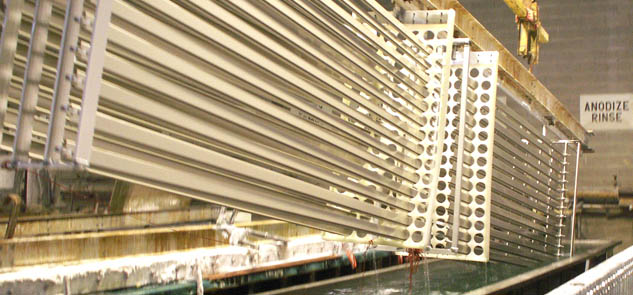
The thickness o the aluminium oxide “anodized” coating can be varied by processing time – 25 Micron is recommended for heavy duty external permanent architectural application where little deterioration can be tolerated. 15 Micron is recommended for the majority of ordinary architectural requirements. 10 Micron is suitable for internal application and outdoor applications where cleaning is very frequent.
Sealing is the last operation in Anodizing which is a process of blocking pores in the anodic film. It gives surface resistance to straining, abrasion, crazing, and colour degradation.
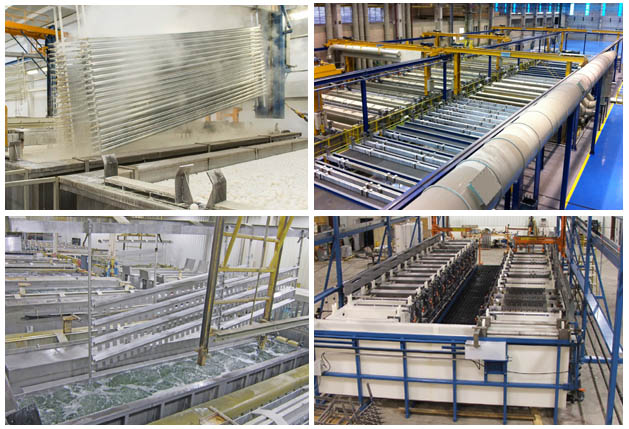
POWDER COATING
The entire powder coating process involves several steps. Very generally:
- Cleaning step to insure the substrate is free to any oils, dirt, rust, mil scale etc.
- A pre-treatment step (an important step not done by oil coaters) during which the product is treated with a pre-treatment chemical to further protect it and improve the surface for powder adherence.
- Rinse, rinse, rinse..dry completely then
- Powder coat, usually done with an electrostatic gun
- Finally, Fully cure the powder in the oven.
Most Importantly, Powder Coating is highly protective of our environment.
While liquid finishes contain solvents which ave pollutants known as volatile organic compounds (VOC’s), powder coating contains no solvents and release negligible amounts, if any, VOC’s into the atmosphere.


Powder Coating facility available with us:
- Separate facility for dust free smooth finish.
- Colors application-As per Berger or Asian RAL color card.
- Strictly follow International practice for pre-treatment and post treatment.
- 60-100 microns
Advantages of Powder Coating
- Resistant to heat, corrosion, impact, and abrasion
- Resistant to most chemicals and solvents
- Resistant to fading from sunlight
- Resistant to scratching, peeling, and cracking


WOOD COATING
LIGNEUS is an exclusive range of wooden grain finish aluminum profile section. Introduced for the first time in North East India, Ligneus, offers not just the strength, durability and non-combustible nature of aluminium, but also adds warm aesthetics and essence of wooden finish to the architecture of your design.
The product offers a wide range of design and color options with the promise of exceptional quality. The product is made using the chemical process of sublimation coating and offers a wide variety of choice to the users.
SUBLIMATION COATING PROCESS
The ligneus product range is made using this process. In this process, the sublimation ink (with the texture and effects of wood) is transferred to into the powder coatings by the use of temperature and pressure. The process also takes into account the UV resistance of the product and thus, keeps a
cheek on the UV performance of the product. The process of sublimation is very delicate and detailed.
The intricate process ensures that the final product has guaranteed superior quality, This is because sublimation is done properly only if certain parameters of adequate quality are met.
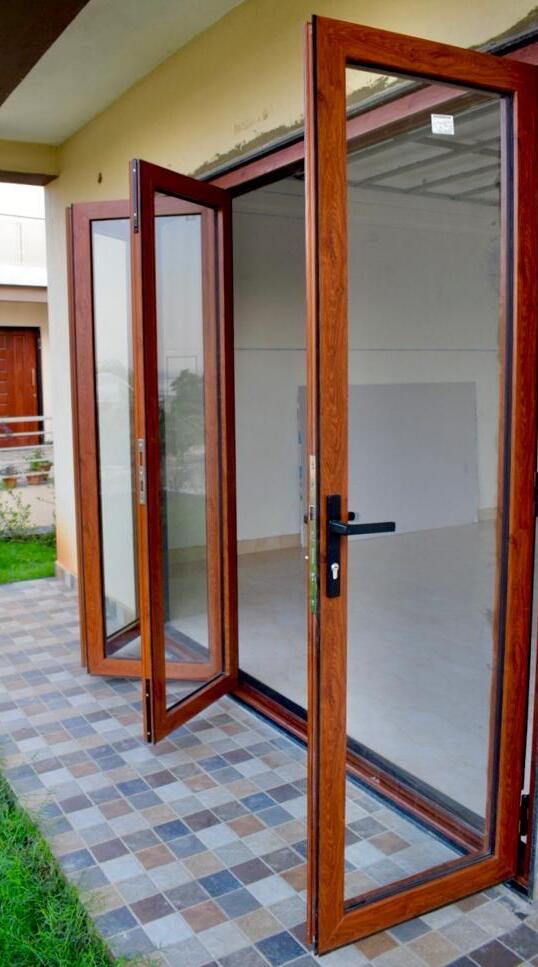
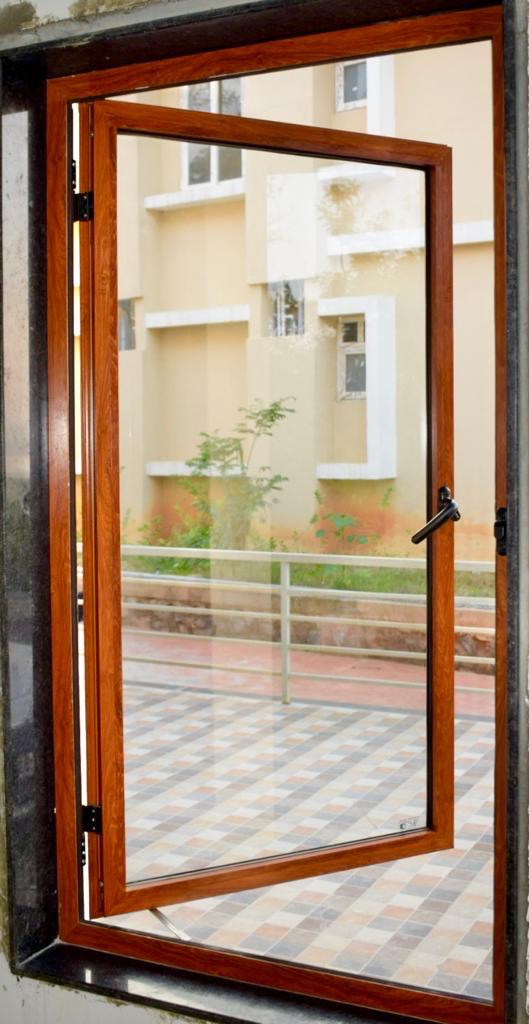
Quality Markers of Sublimation Coating:
- Good Powder Coating
- The Quality of the Powder
- Proper process of sublimation with adequate attention to time and pressure.
- Quality of the film and ink
- Use of correct machine
- The time of curing the powder
FEATURES
- High weather resistance
- High Customization
- High UV resistance
- No limits in terms of colors and design repetition
FUNCTIONAL UTILITY
- Window Framing
- Door Framing
- Mosquito Net Screen Frames
- Sun Shades and Shutters
- Partition
- Furnitures
